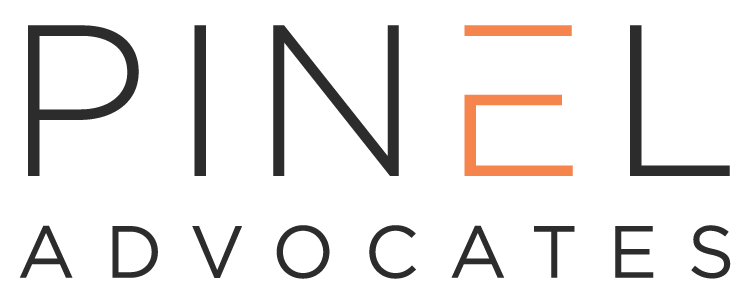In this series of publications, we will try to explain (in terms that a simple lawyer can understand) some key phrases currently prevalent in the digital community. First up is "The Internet of Things". Ok, let's break it down. I understand what "things" are. I know what the "internet" is. It's a collection of information and data, hosted somewhere in the clouds and controlled by Bill Gates and/or Mark Zuckerberg. Or something like that. Maybe we'll come back to "internet" later...
First coined in 1999 by British entrepreneur Kevin Ashton, the term ‘Internet of Things’, or ‘IoT’, is a broad concept that refers to the connection of ‘things’ to the internet, and to each other, without the need for human interaction. The definition of ‘things’ is broad, incorporating all devices which are equipped with identifiers and which use intelligent interfaces to communicate with each other, ranging from heart-monitor implants to oil rig drills to smartwatches.
For the gadget-enthusiast, the IoT provides a glimmer of possibility that everyday household appliances may, in the future, be in constant communication with each other. Indeed, there is the potential that your fridge could message your phone when you are running out of milk, or your alarm-clock could start your coffee-maker when you wake-up.
Whilst the reality of the ‘smart-home’ remains to be seen, the IoT has already had an impact in the realms of manufacturing, healthcare, and city-wide systems such as traffic signals. For businesses, there is the possibility that introducing IoT devices into the workplace may result in smarter businesses as data could then be utilized to improve the efficiency and effectiveness of operations.
The development of the IoT means that a growing level of data is becoming available, raising questions as to the impact on consumer privacy, which could be compromised by the analysis of network data traffic as well as cyber-attacks. Furthermore, as the race to conquer the market heightens, there remains the risk that devices, which are often low-cost, will not be enabled with adequate security features. Finally, there could be legal implications in the event that connectivity fails and causes harm, such as where the device is being used to monitor an individual’s health. Alternatively, it could be possible for systems installed in ‘things’ such as vehicles to be hacked, resulting in a loss of control and potential ensuing damage.
In response to the threats to privacy, security and the self by the IoT, on 23 September 2015 the IoT Security Foundation was established to promote knowledge and best practice in security in relation to IoT devices. However, it is becoming increasingly apparent that as the IoT transforms, it will be necessary for legislature to address the issues of privacy, security and harm that are raised.
On Wednesday, we decipher "Open Data".

